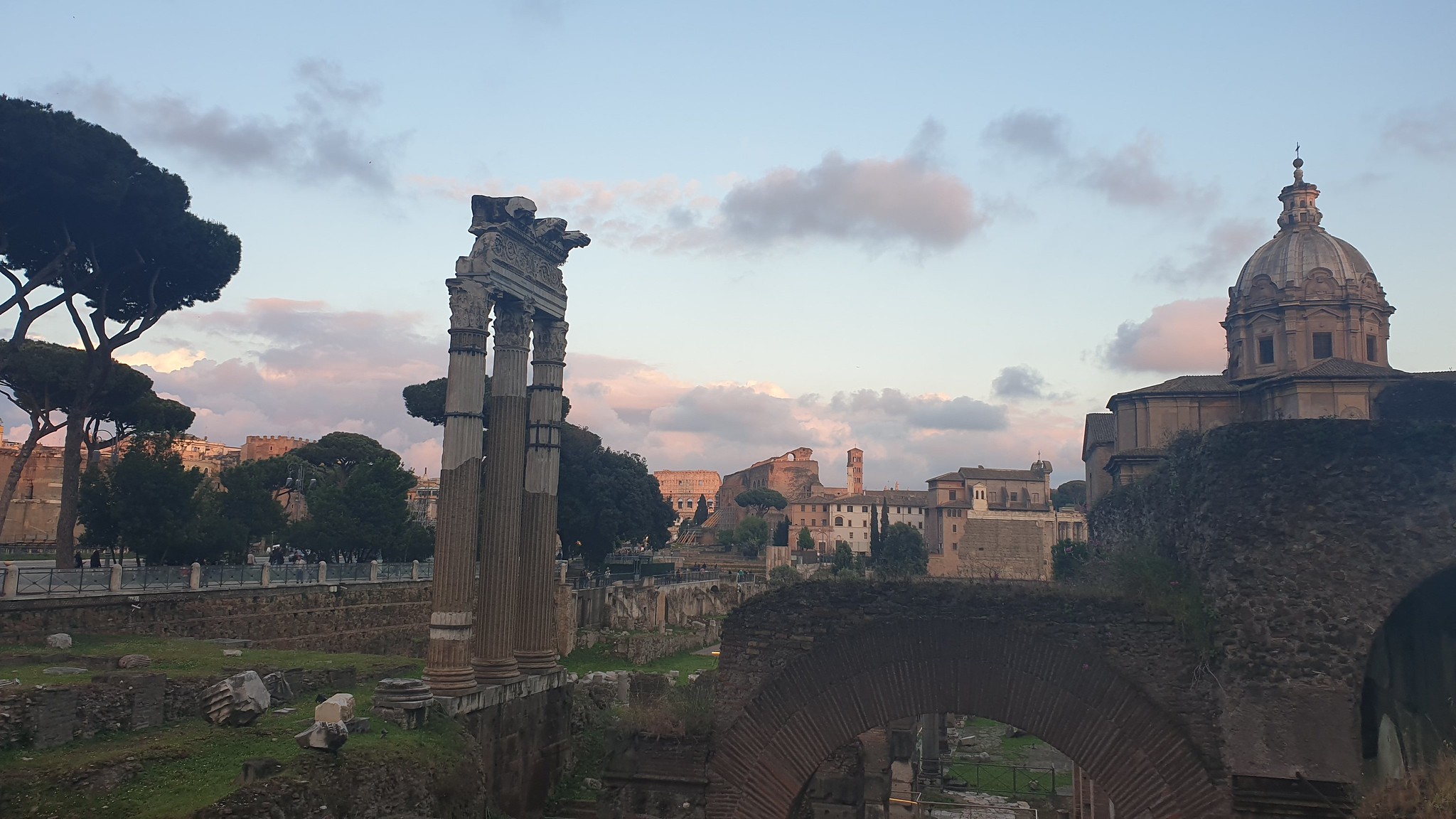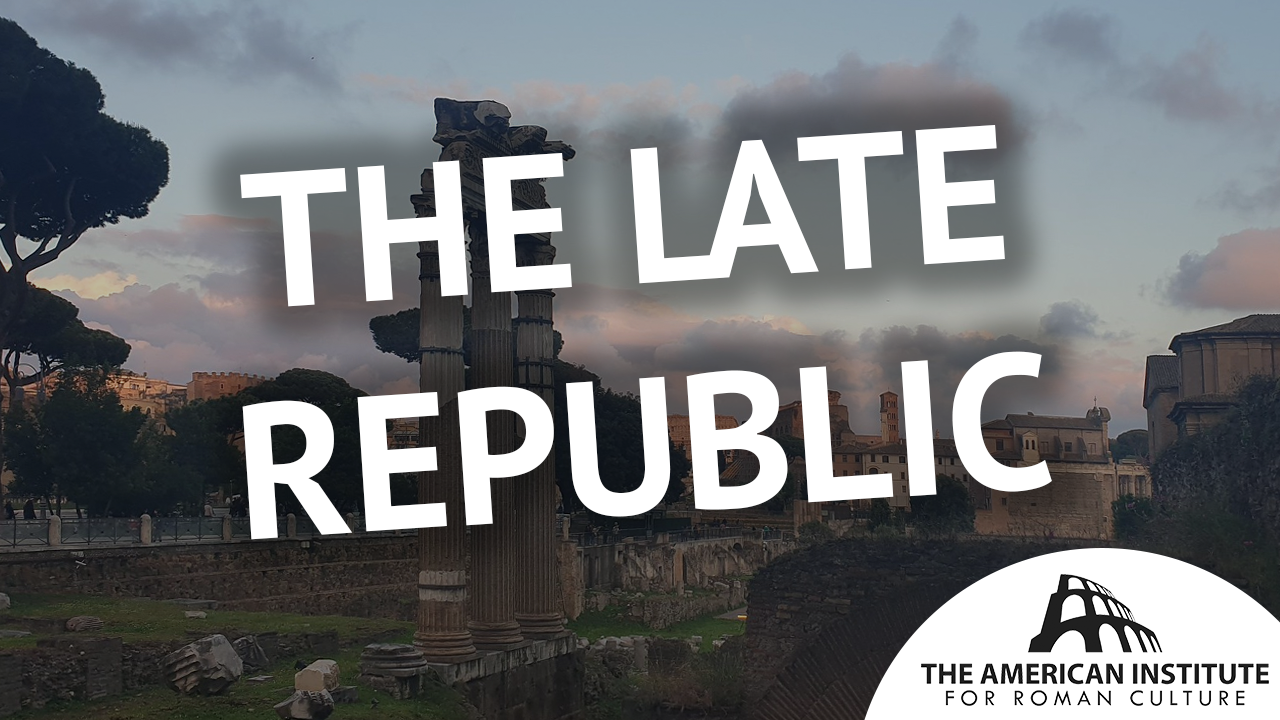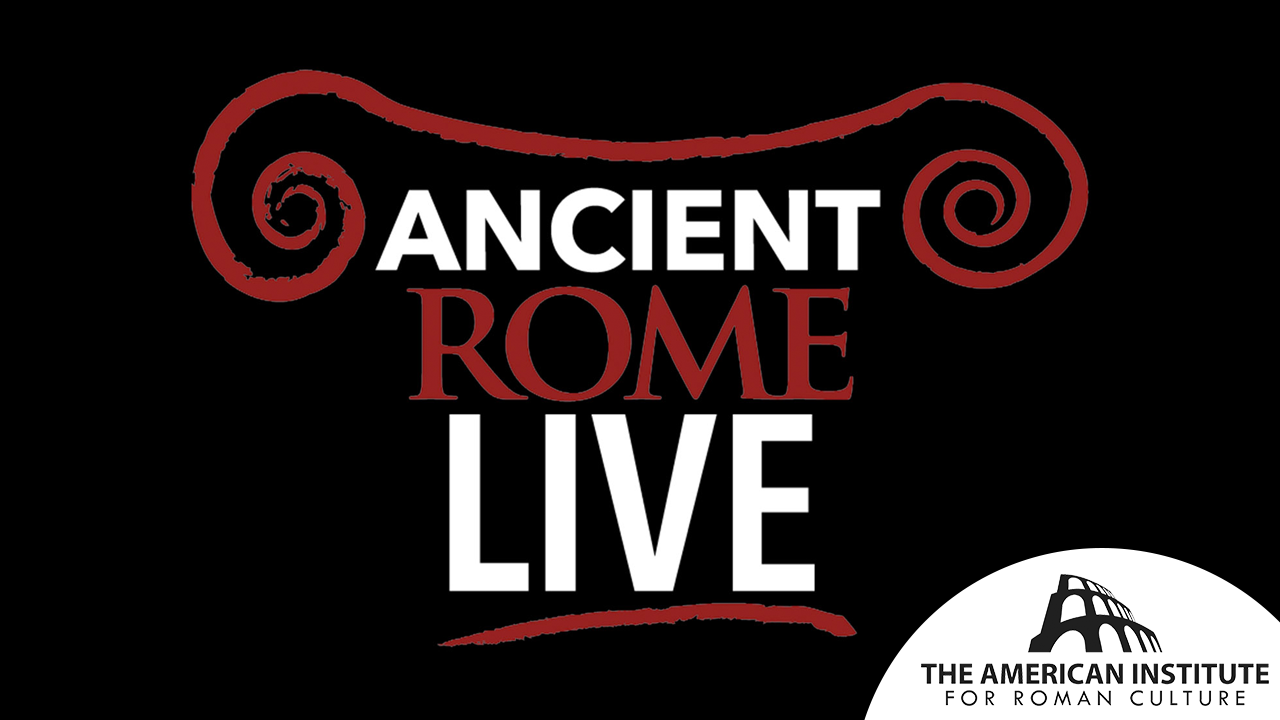The Late Republic, between 200-27 BCE, was defined by the collapse of the system of government. Gaius Marius, Sulla, Pompey, and Julius Caesar were some of the most prominent figures of this period. During the Late Republican period, the first triumphal arches are erected, as well as new porticos and emporium spaces, the first stone bridge known as Pons Aemilius or Ponte Rotto, the first marbled temples, and two new aqueducts were erected to guarantee a reliable water supply for the expanding city.
Gaius Marius was a military leader and statesman who came from humble beginnings but rose to fame via his military and political accomplishments. He performed an important role in reforming the Roman army and his most noteworthy architectural accomplishment was the creation of the Marius’ Mules: a network of roadways that allowed troops and supplies to be transported quickly around Italy, essential to military victory. However, his rivalry with Lucius Cornelius Sulla, another great Roman general and statesman, eventually led to a civil war that shook the Roman Republic to its foundations.
Sulla, another military leader and politician, is remembered for conquering Athens and Corinth and eventually becoming dictator of Rome. He is also credited with the construction of various public works, notably the renovation of Capitoline Hill and the reconstruction of the temple of Jupiter, which is one of the earliest marbled temples in Rome.
Pompey the Great was important in the conquest of Syria and the establishment of Roman dominance over the Eastern Mediterranean. He is most known for constructing several significant buildings in Rome, notably the Pompey Theater and the Curia Pompeia, a meeting venue for the Roman Senate.
Julius Caesar, possibly the most famous figure of the late Republic, was a military commander, statesman, and writer. Despite his outstanding military prowess, political skill, and popularity among Rome’s lower and middle classes, his reign was cut short when assassinated by his opponents. He is most known for conquering Gaul and rising to power as the first Roman Emperor. Caesar left his imprint on Rome through numerous public building projects, including the Forum of Caesar. He also started constructing the Forum Iulium and the Theater of Marcellus, both of which were later completed by Augustus.
New public spaces such as the Forum of Julius Caesar served as public gathering places, while new public buildings and monuments, such as the Theater of Pompey and the Temple of Venus Genetrix, showcased the city’s cultural and political triumphs. Engineering and infrastructure advancements, such as the construction of new roads and fortifications, contributed to the city’s growth and success. Despite the magnificence of these monuments, the Late Republic was also a time of enormous social and economic inequality, with the governing elite taking advantage of their wealth and influence to guard their power over the poorer classes. The exploitation of conquered regions and the enslavement of millions of people were frequently used to fund the construction of these monuments, resulting in significant social rebellion and the eventual downfall of the city.
Sources:
- Beard, M. (2015). SPQR: A history of ancient Rome. Profile Books.
- Goldsworthy, A. (2013). The Roman army at war: 100 BC-AD 200. Oxford University Press.
- Flower, H. (2010). The Cambridge companion to the Roman Republic. Cambridge University Press.
- Scullard, H. H. (2010). From the Gracchi to Nero: A history of Rome from 133 BC to AD 68. Routledge.
- Matyszak, P. (2010). The Sons of Caesar: Imperial Rome’s First Dynasty. Thames & Hudson.
- Kleiner, D. E. (2007). A history of Roman art. Wadsworth.
- Matyszak, P. (2009). The Roman army: a history 753 BC-AD 476. Thames & Hudson.
This content is brought to you by The American Institute for Roman Culture, a 501(C)3 US Non-Profit Organization.
Please support our mission to aid learning and understanding of ancient Rome through free-to-access content by donating today.
Cite This Page
Cite this page as: Darius Arya, The American Institute for Roman Culture, “The Late Republic” Ancient Rome Live. Last modified 08/21/2020. https://ancientromelive.org/the-late-republic/
License
Created by The American Institute of Roman Culture, published on 08/21/2020 under the following license: Creative Commons: Attribution-NonCommercial-ShareAlike. This license lets others remix, tweak, and build upon this content non-commercially, as long as they credit the author and license their new creations under the identical terms. Please note that content linked from this page may have different licensing terms.




